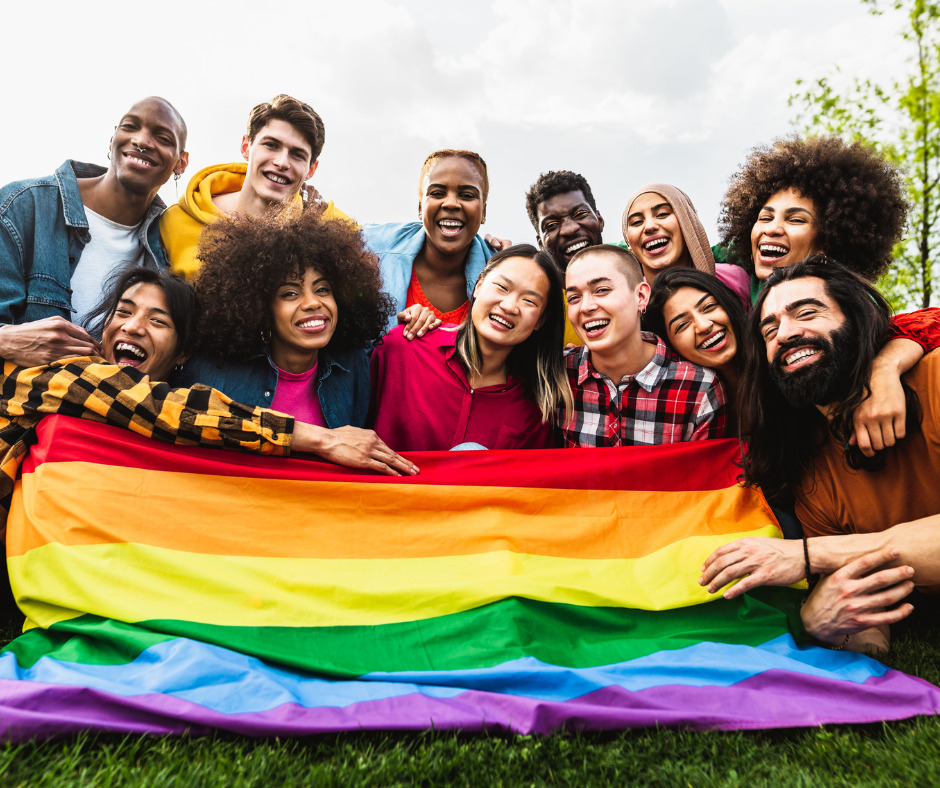
Intersectionality examines the interconnected nature of how race, gender, class, and other social categorizations create overlapping and interdependent systems of discrimination or disadvantage. In 2021, Promise Institute Professor Kimberlé Crenshaw discussed her ground-breaking concept of intersectionality with COE conference attendees and inspired the audience of educators to renew its commitment to the advancement of opportunity for the least advantaged students.
This month, COE sits down with two seasoned college access and success professionals, both former COE board chairs, to ask them what intersectionality means to them. Kyle Ethelbah, director of college programs in the Center for Academic Enrichment and Outreach at the University of Nevada, Las Vegas, and Kristian Wiles, associate vice president for student success at the University of Washington, illustrate how they incorporate intersectionality into their student services and practices. Their comments were edited for length and clarity.
COE: How do you define intersectionality, and what does it mean to you as an educator?
Kyle Ethelbah: The connecting points within different identities we each carry. We are different things at different times. I primarily identify as an American Indian. But I am a gay American Indian male who works in higher education. How we describe our identities reflects the centrality of our various roles in everyday life.
We work with college students grappling with their identities and coming into their own because they leave social structures predefined by their family units. It’s essential to ensure the campus allows them to know what they are and what they might become and help them foster their identities. It’s a critical part of their growth and development.
Kristian Wiles: As we consider intersectional identities for students and for folks who work on our campuses and the communities we serve, it’s about realizing the complexity of who people are as they come to campus, the identities they choose to share, and how they feel comfortable in being their whole selves in spaces we create for them.
COE: How have you incorporated intersectionality into your programming and practice?
KW: It’s an ongoing challenge. Resources are often given to do something about identities… students with experiences, family work experiences, or from a particular community. It can easily mean that your efforts become siloed in ways that don’t include people’s whole selves. Students show up in many spaces and ways, and they’re interested in many different things. We try to recognize where we have the most significant impact and coordinate behind the scenes. We try to complement the support [for students] rather than duplicate them and try to meet the gaps. Sometimes there’s intentional duplication because you want students to feel the same level of support.
KE: I was ashamed of some of my identities for a long time. What I want to do now with college students… is to allow them space and time to know that whatever pieces they bring are essential. It’s their journey that they’re on. There are many things that people may come to the table with that I don’t necessarily agree with… [but] my role is not to tell them what is right, my role is to help them to move into their journey and make those decisions for themselves.
COE: What is lost when educators fail to consider their students’ multiple identities?
KE: We must know our roles beyond the required services and curricula. What we also give to students is the opportunity for them to understand their learning and their meaning-making of the world. When we don’t acknowledge the intersections of their identities, we’re creating an environment that reinforces structures that tell them they’re not ok.
KW: There’s stereotyping and unintended impact. They [advisers] don’t know precisely when they may have the most significant impact on students. A challenge for us is to think about identities outside the eligibility criteria for TRIO and try our best to be thoughtful about how we approach equity.
Our community has some work to do regarding sexual identity and gender, and we would be doing our students a disservice if we failed to do so. We should pay attention to what our students tell us [about their identities]. They are navigating a world that is very different from that of five or ten years ago.
Support Us
If you are a student support services professional, thank you. You are an unsung hero for all the good that you do, and surely you know by now that COE has your back.
Partner
Through strategic collaborations, we work to strengthen quality, opportunity and access to education for all American students — the next generation of global leaders.
Join Us
Join more than 1,000 colleges and community agencies committed to postsecondary opportunity for low-income, first-generation students, students with disabilities in all 50 states, Washington, D.C., the Pacific Islands, and Puerto Rico!